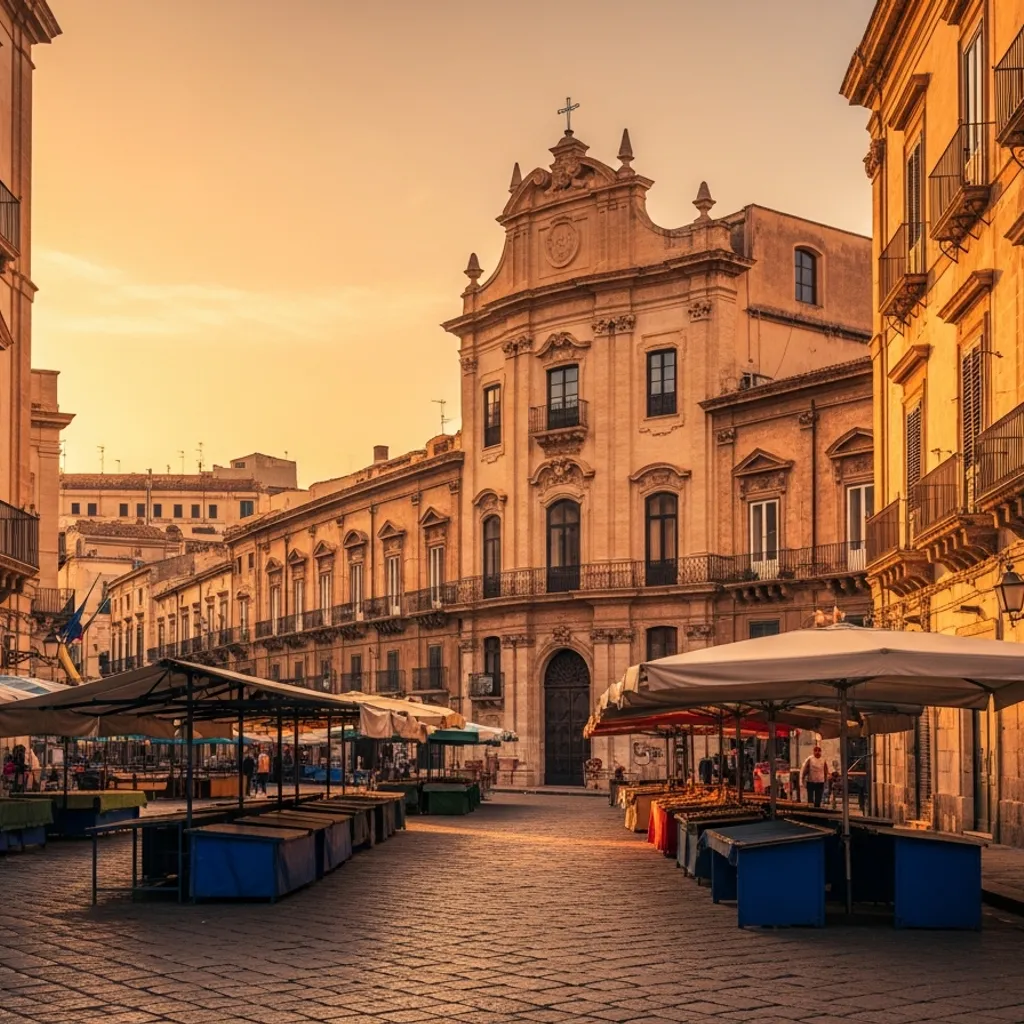Palermo city: Historic streets, lively markets, seaside access
Choose Palermo city when you want layered history and everyday life in a compact, walkable setting. Start in narrow streets where markets, bakeries and artisan shops reveal a patchwork of styles, from Byzantine mosaics to baroque façades. This historic city rewards curious travellers with memorable food, rooftop views and a pace that invites unplanned detours. Practical to explore on foot, it also offers coastal promenades and easy access to nearby beaches, making it a versatile coastal city for short stays. Expect vivid markets at breakfast, relaxed evenings in local squares, and clear logistics that make planning a short trip straightforward.
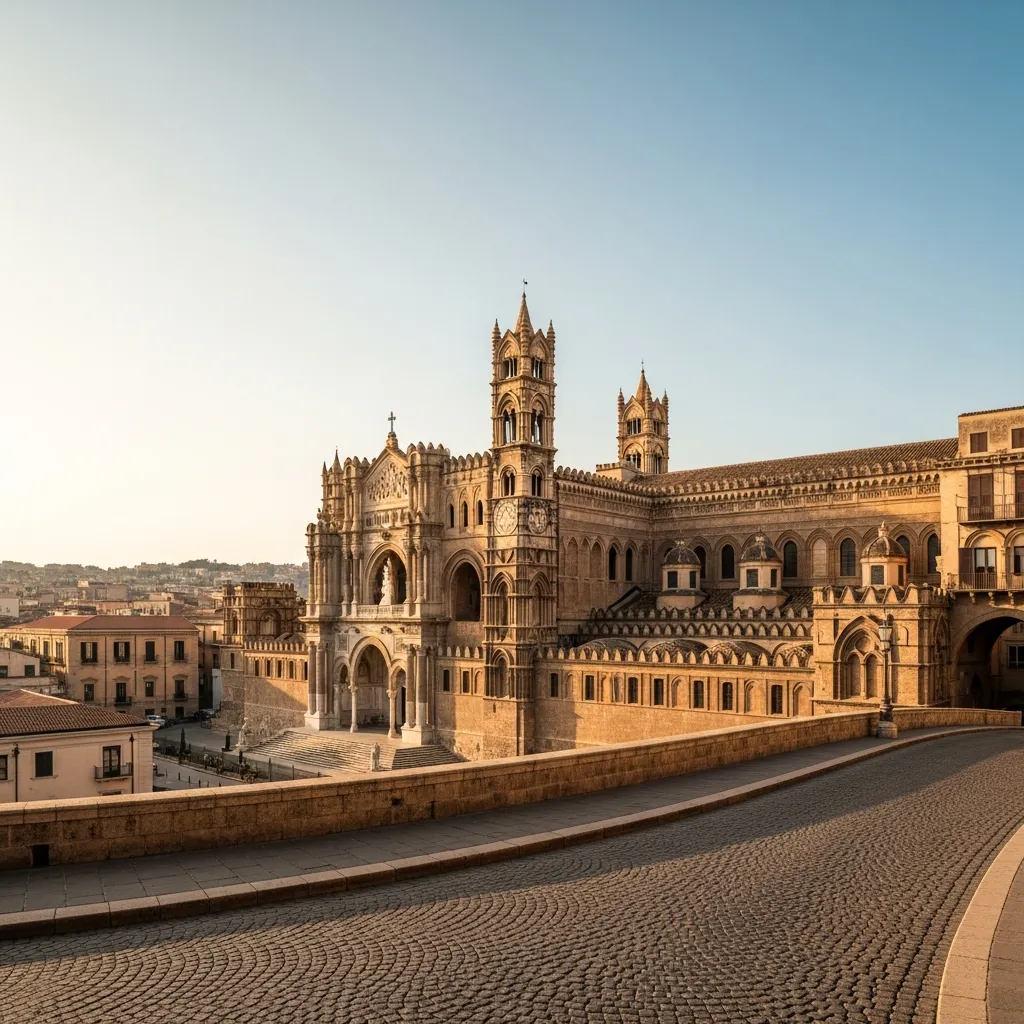
Palermo’s Arab Norman heart is UNESCO listed: nine monuments across Palermo, Monreale, and Cefalù were inscribed in 2015 for their fusion of Western, Islamic, and Byzantine craft.
Squares and City Landmarks
Start in Palermo’s piazzas, where civic life and history meet. Begin at Quattro Canti , the ornate crossroads that anchors the old city, then cross to the sculptural drama of the Fontana Pretoria for striking marble figures and street energy. Pause for people watching at Piazza Bellini and take in evocative city scenes captured by Palermo IT . Finish this loop with a visit to Municipio di Palermo to glimpse opulent interiors and local exhibitions. These landmarks are compact and walkable, ideal for a focused afternoon of photography, architecture, and quick stops at nearby cafes.
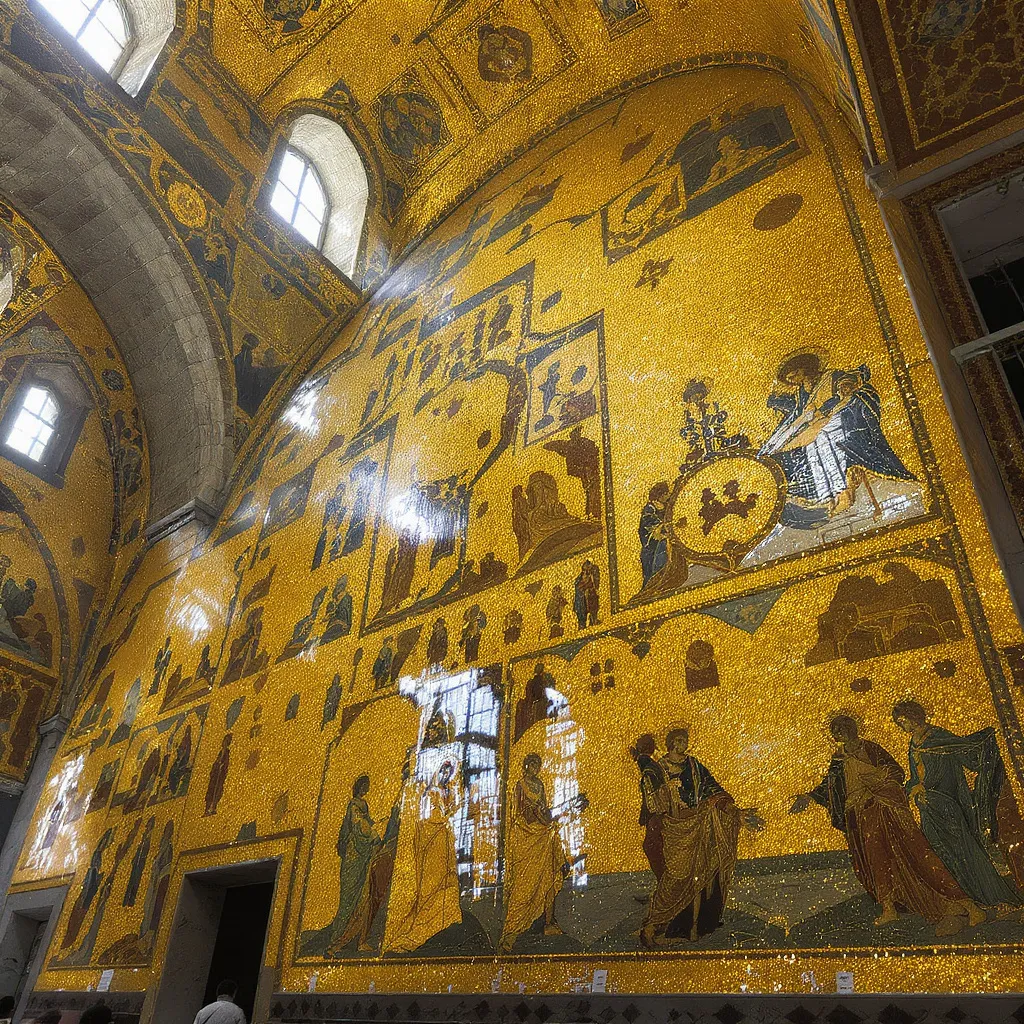
Monreale’s scale is tangible: its medieval mosaics cover about 6,500 square metres, made with an estimated 2.2 tons of gold, recently refreshed by a conservation project.
Churches and Historic Art
Palermo’s layered history is most visible inside its churches and galleries. See the Norman, Arabic, and Byzantine fusion at Church of Saint Mary ‘dell’Ammiraglio’ , where golden mosaics and ornate tiles reward close looking. For a quieter, geometric interior, visit the red-domed Church of Saint Catald . Balance sacred interiors with contemporary perspectives at Palazzo Riso , which stages provocative exhibitions in a historic shell. Together these stops reveal Palermo’s art history from medieval mosaics to cutting edge shows, each offering clear visual highlights and short, memorable visits.
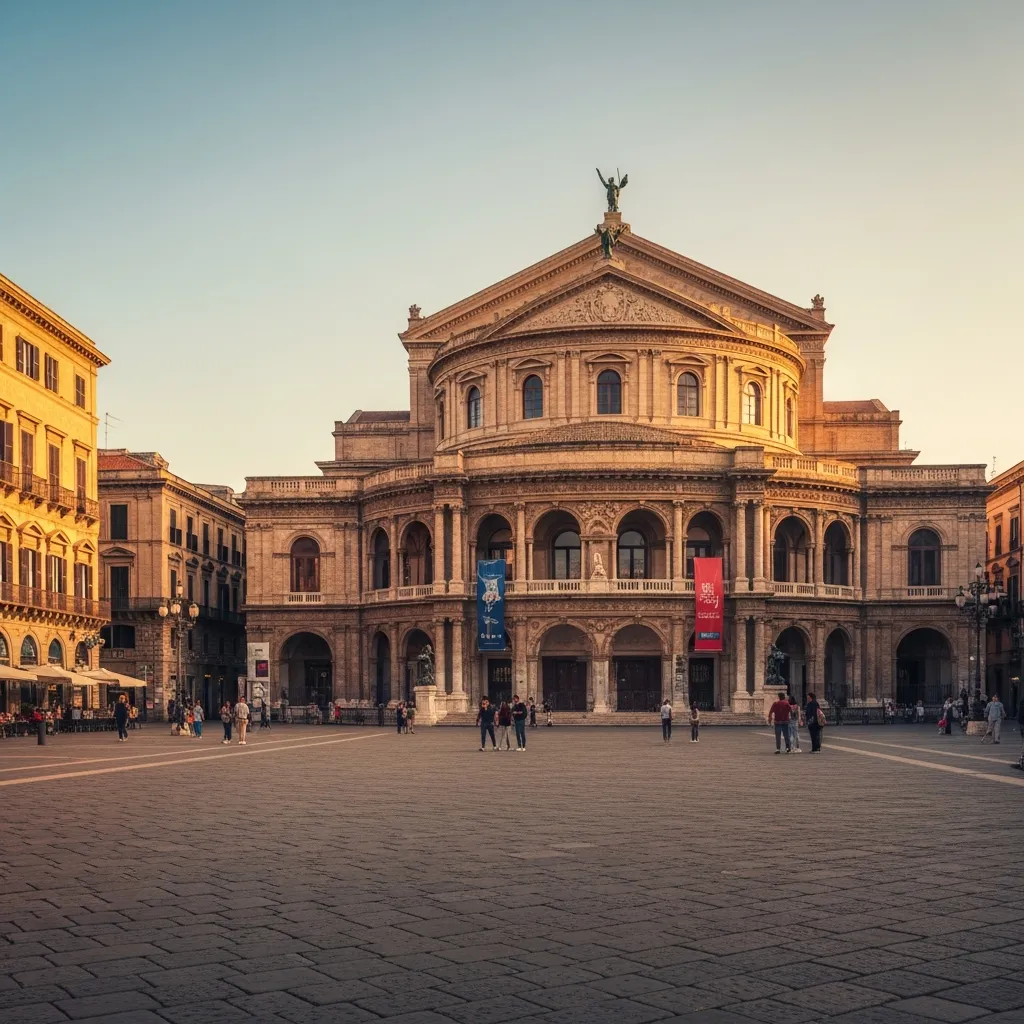
Teatro Massimo leads the city’s cultural rhythm: it is Italy’s largest opera house, and its Great Hall uses an 11 panel ceiling that opens to ventilate naturally on warm evenings.
Sicilian Dining and Experiences
Food defines many of Palermo’s best moments: lively markets, family kitchens, and intimate trattorie. Share plates at Vucìa - Cucina Siciliana for regional flavors, or settle into the warm service and generous portions at Villena . For a quieter, classic pasta experience try RISTORANTE PRIMI PIATTI . When you want a convivial, central meal choose Taverna Dei Canti . To take the kitchen home, book hands-on cooking at Risthome – Private Chef, Cooking Class & Catering Palermo . These choices cover quick bites, formal dining, and immersive culinary learning, all practical and easy to plan.

For a cool pause, the Orto Botanico shelters a giant: a Moreton Bay fig introduced in 1845 with a canopy close to 3,000 square metres and a forest of columnar aerial roots.
Tours and Civic Memorials
Choose experiences that clarify Palermo’s story: a relaxed, local-led tour or a focused civic visit. For a comfortable, VIP-style orientation book CruiserCar Palermo - Guided City Tours & Exclusive City Sightseeing to cover panoramic views, hidden corners, and lively anecdotes. Follow that with the moving context of No Mafia Memorial , which documents the city’s struggle and resilience with thoughtful exhibits and first person materials. Together these stops provide practical orientation and deeper historical understanding, suitable for first-time visitors who want both direction and depth.
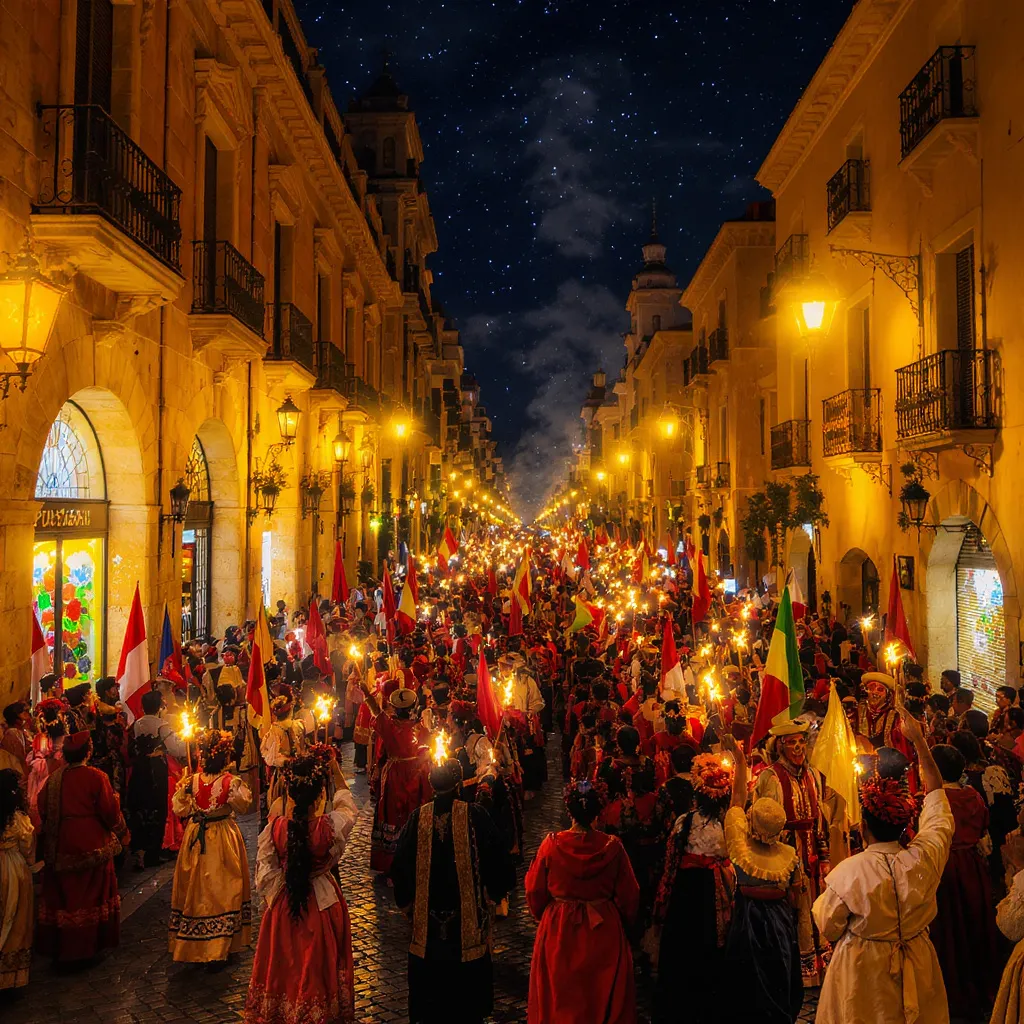
Time your visit for a living tradition: on 14 July the Festino di Santa Rosalia has animated Palermo since 1624 with a night procession from the Norman Palace to Porta Felice.

